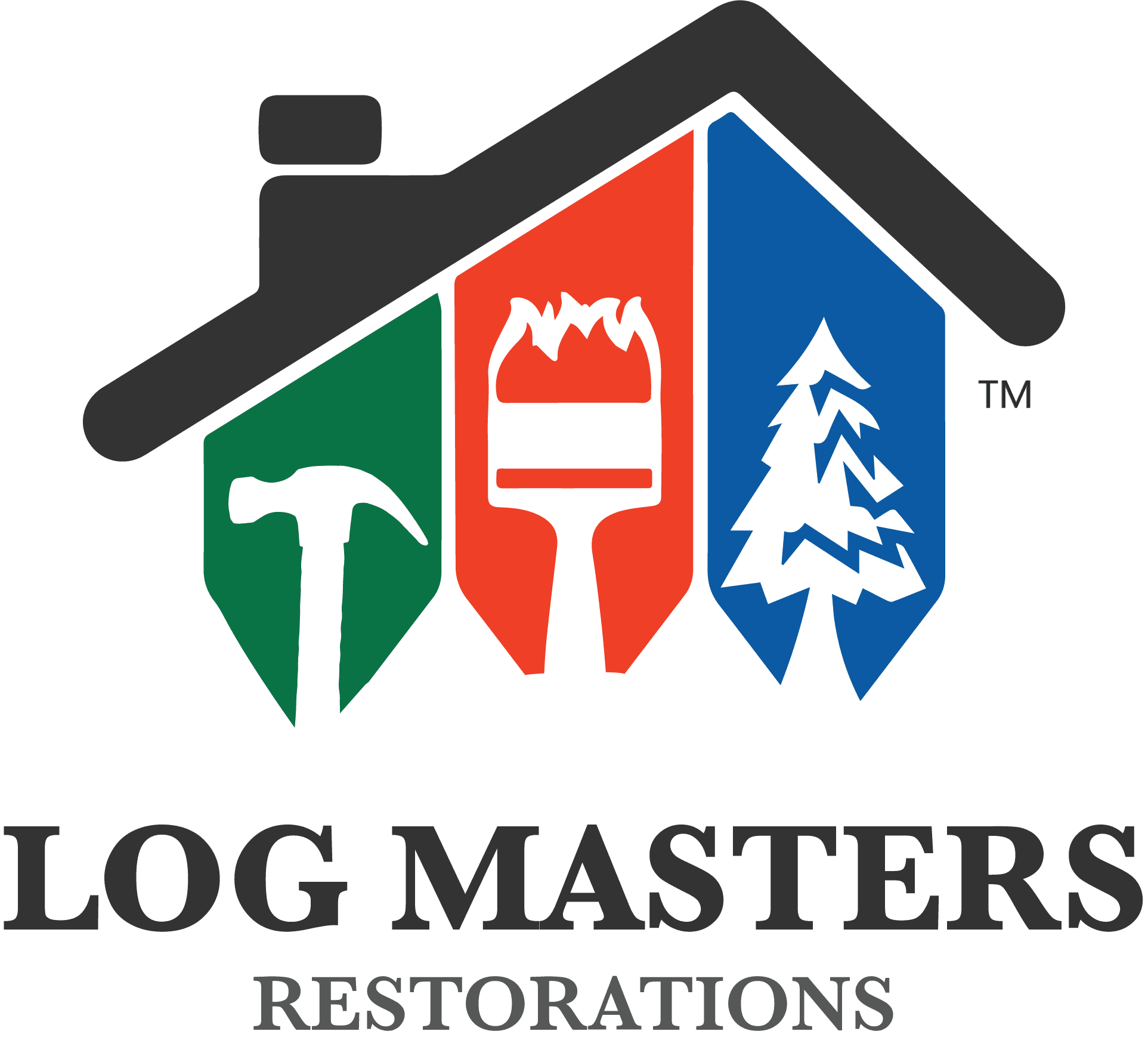“WAIT! Avoiding ‘SOME‘? Let’s avoid them all?” As mentioned in Signs of Log Home Settling, all homes have some settling, and not all settling can be avoided. In this article, we will learn:

Some Hazards of Settling
Some hazards of settling can be costly and cause hazardous conditions in your home. Because of the risks to your life (the most valuable and irreplaceable asset you own), it is essential to know these hazards. For example, log shrinkage and compression are settling issues common in young/new log homes. It is nothing to be frightened of but should be addressed.
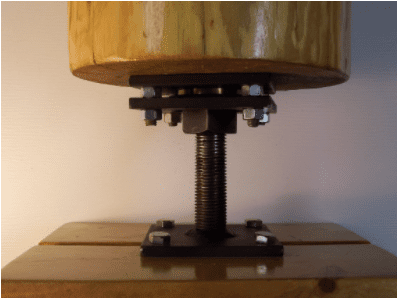
Hire a Professional!!!!!!!!!!
A professional foundation/log home settling adjuster should check your log home build for the first few years. This will avoid costly repairs and hazards. Before restoration, make sure your log home is level. We recommend contacting the original builder of your log home when possible or a foundation repair company. 📋
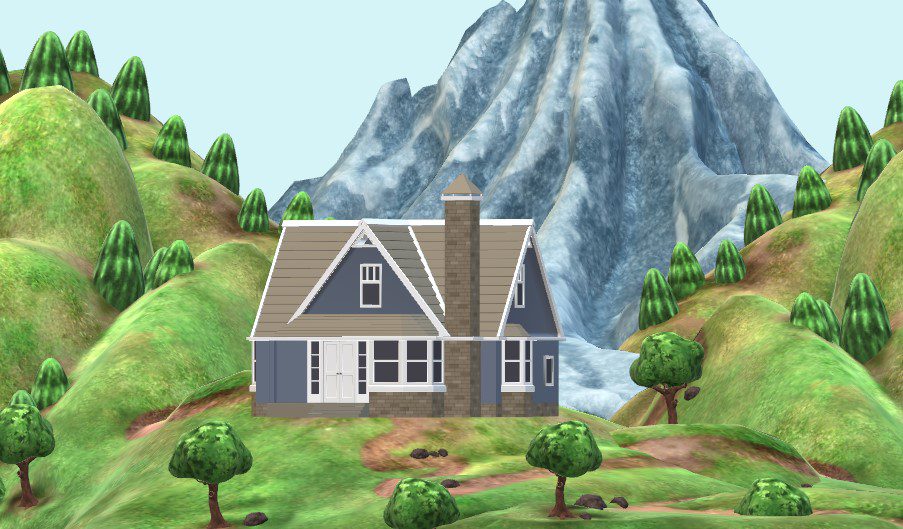
Chimney Hazards
Consider your chimney, for example. Settling can cause your chimney to crack. Chimneys can crack as the home shifts. This can permit dangerous toxins into the air that can cause death. Do not let this go unaddressed. Please call a professional chimney sweep. Yes. They do exist. You can read more in “The Dangers of a Cracked Chimney Flue“. To return to the list above, click 📋
…If a flue liner is cracked, those toxic fumes enter the household. This exposes occupants of the home to deadly carbon monoxide. Known as the “Silent Killer,” carbon monoxide is tasteless, odorless, invisible, and non-irritating.
Mention in the article “The Immediate Hazards of a Cracked Chimney Flue” sited 11/15/2022
Other Hazards Can Cause…

Other hazards of settling can cause plumbing or gas pipes to rupture, resulting in all kinds of damage or death. Rigid conduit vertically installed can be at risk if settling places pressure on them. Your pipes leaking can allow water to rot out the log walls. You may not be aware of it happening. Log rot is, unfortunately, all too common and expensive to repair. 📋
Settling Resulting in Mold
Not only can rot cause significant structural damage, but it can also introduce dangerous molds and fungi to thrive and cause serious health problems to the inhabitants. Often, long-term mold damage is not covered under standard home insurance and likely won’t qualify as an accident. These are just a few examples not meant to scare you. They’re meant to make you aware of what could happen and what should first concern you over the appearance or restoration of your home.
Exciting News to Avoid Hazards
You will be excited to know there are ways to avoid settling hazards like these. NOTE: Not all hazards and ways to avoid them will be listed here. Leave a comment below, and we’ll include it in this article. 📋
Avoiding Some Log Home Settling Hazards
Remember, all homes have some settling, and not all can be avoided. In this section, you will learn the importance of a solid foundation. Afterward, you will learn about the right materials to use and not to use. Again, these are not definitive or all-inclusive. 📋
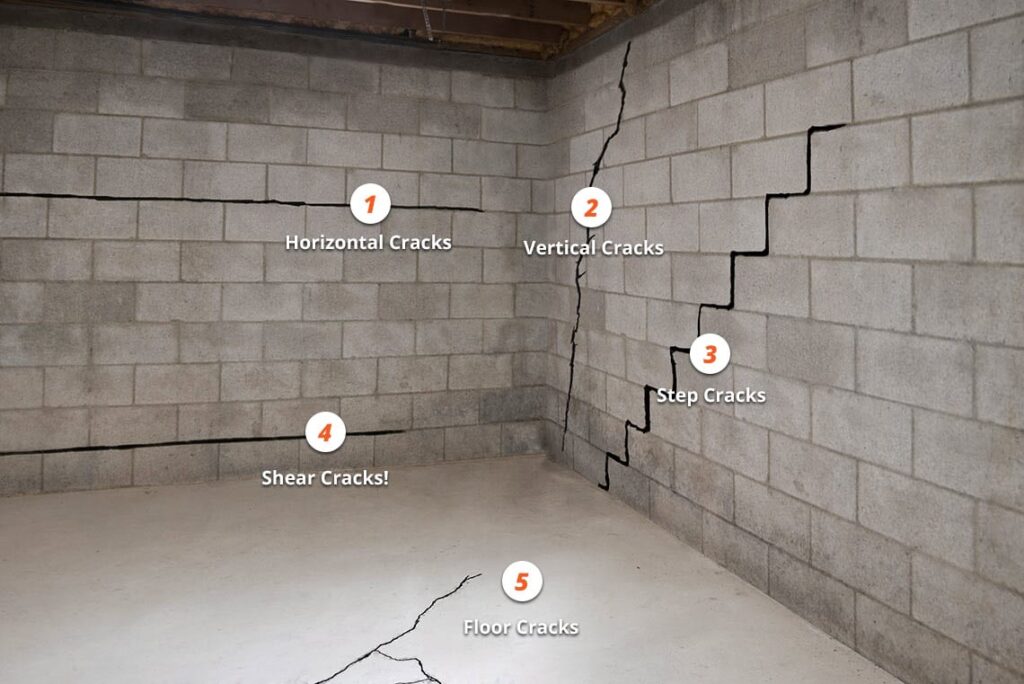
Solid Foundation
As you know, a solid foundation will help you avoid settling severe issues. You must have a solid foundation for your log cabin. If you see significant cracking on the foundation, seek out a professional foundation repair specialist to give you a good understanding of your foundation needs. For an example of the foundation crack, see Foundation Issues in the image.
Having a bad foundation will get in the way of you having a hazard free home. Likewise, ignoring foundation issues will cause you to spend more money in restorations in the future and shorten the life of your finishes. 📋
Pay the Extra for a Pro
Unfortunately, you will not avoid settling in the first three years. During a log home’s early years, you should have a log home builder adjust the screw jack to avoid major settling issues. Don’t just let anyone do this. It can cause serious home structural hazards and costly damages. 📋
Use the Right Materials
Reputable log home builders often use dried-out logs, slip joints, and screw jacks on new builds. Make sure you understand the log grade on your home. This is about more than just knowing the log species, although that is important. To learn more about log grades, read more in “A Hardwood Log Grading Handbook” by The University of Tennessee Institute of Agriculture. 📋
Stain Matters
Furthermore, it would be best if you used professionally trusted log stain finishes like Perma-Chink Lifeline products on your log cabin. However, you may like their results less than the more guaranteed top brands like Sascho. On the other hand, there are other brands with similar results. 📋
DO NOT USE DECK STAIN!!!
Make sure you know your stain finish warranties and recommendations. Log stain finishes can prevent damage as the logs dry out and prevent water from soaking into your log. A good stain will allow your logs to release interior moisture while protecting them from damaging UV rays. 📋
Deck Stain for Decks Only!
The deck stain is for your deck, not the side of your log cabin. It is meant to take a beating. As you walk across your deck, it must hold up to regular traffic or abrasion. Your deck stain can even withstand harsh UV Rays from direct sun. On the other hand, most deck stains recommend allowing your wood to dry out for a year before applying. 📋
Deck Stain not good on Log Houses
With all that said, it will never work properly on the side of your log cabin and can increase restoration costs. For a few more dollars, you will save yourself a costly restoration. It is more affordable, but in our experience and others in the industry, there are better ideas than this. 📋
Caulking Smeared All Over Logs
Likewise, you should not smear a thin layer of caulking over all your logs in an attempt to seal them is not recommended. You will greatly increase the maintenance or restoration costs. Smeared caulking is difficult to remove and can trap moisture. The trapped moisture will eventually blister or rot beneath the surface inside the log. This can create a serious settling hazard to the structure of your log home. 📋
Flexible Tubing
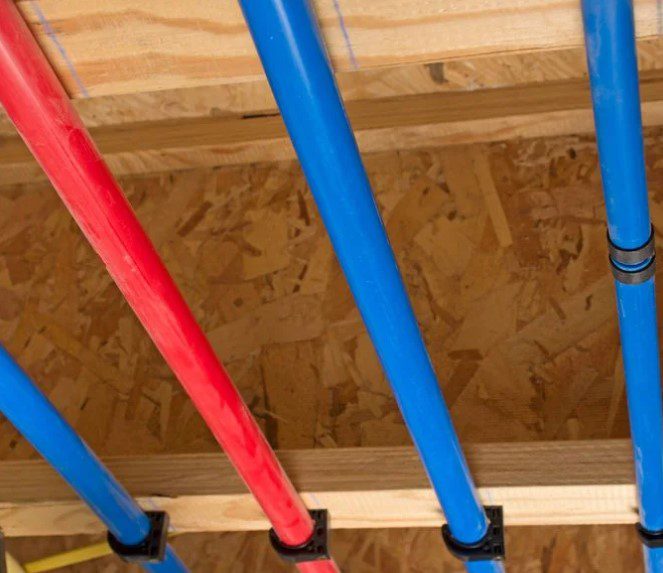
You may have bought a log home kit. If true, you may be doing most of the work yourself. Log home building contractors often use flexible tubing to avoid the dangers of a leak from gas or water as the home naturally settles. These measures will help you avoid some settling hazards. Speak to your builder or look at blueprints from the construction to see if these were incorporated into the construction of your log home.
Principal Causes of Log Home Settling
With all that said, to save a life, the principal causes of log home settling are shrinkage and compression of the log. To learn more about the causes of settling, consider reading our article “Contributing Factors of Log Home Settling“. 📋
Do you know of some other ways to avoid settling? Please leave it in the comments; you may see it as a contributor here in this article.
